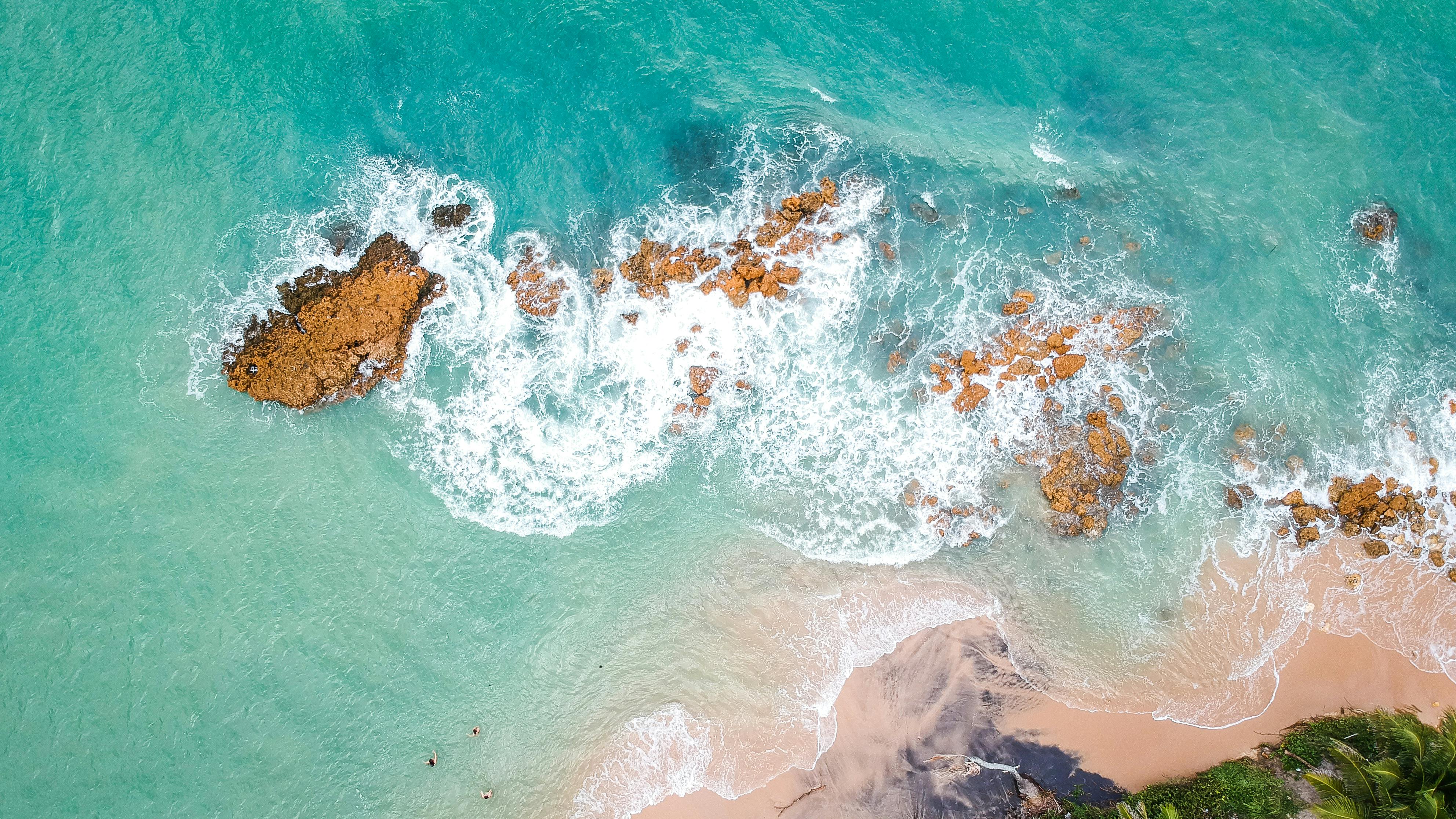
North Central Washington hydroelectric dams
One of the most important attributes that North Central Washington has is the many hydroelectric dams located there. These dams contribute to the wonderful agricultural possibilities in the area, the fabulous amount of aquatic recreation available there, and the affordable energy that local residents benefit from. Here’s a look at North Central Washington’s hydroelectric power creators.
Great Coulee Dam
The largest and most famous of these structures in North Central Washington and the entire Pacific Northwest is the Grand Coulee Dam. The dam stretches nearly a mile long and is just over 550 feet tall. The Grand Coulee Dam holds back water from the Columbia River, forming Roosevelt Lake in the process. Roosevelt Lake stretches 151 miles behind the structure. One of the most popular things to do at the site, besides touring it, is to watch the laser light show that is displayed in its spillway every night during the summer months.
Chief Joseph’s Dam
Just downstream of the Grand Coulee Dam is the Chief Joseph Dam, which is located just to the east of the community of Bridgeport. This structure is just under 6,000 feet wide and is the second largest producer of hydroelectric power in the entire United States. Just behind it on the north shore of Rufus Woods Reservoir is Bridgeport State Park, which provides excellent access to the water.
well dam
The next one to be seen as the traveler proceeds up the Columbia River is the Wells Dam, which is located just south of the communities of Brewster and Pateros, and very close to where the Methow River empties into the Columbia. The pooled water behind the dam is called Pateros Lake and is popular with fishermen, both local and from outside the area.
rocky reach dam
Located just north of the city of Wenatchee is the Rocky Reach Dam. The water dammed by this facility is called Lake Entiat. The Rocky Reach Dam creates energy that is used by more than seven million people in the Pacific Northwest. Visitors can see the fish swimming upstream and downstream through the dam by visiting the fish-watching area of the Visitor Center. The dam also offers a large playground with picnic facilities, as well as a cafeteria and beautiful landscaping. The Columbia Museum is located in the structure itself and is a great place for anyone wanting to learn more about the Columbia River, Rocky Reach Dam, Wenatchee, and the entire North Central Washington area.
Rock Island Dam
The first dam to span the Columbia River was the Rock Island Dam, which was built between 1930 and 1933. This unique structure sits just 12 miles downriver from Wenatchee and the water collected behind it is called the Rock Island Pool. This area of the river was one of the wildest before it was damaged by rock formations and rapids, making it one of the most difficult and dangerous stretches of the Upper Columbia to pass by boat or barge. Rock Island Dam has 19 turbine engines and is a vital and important part of the power grid for all of Washington State.
wanapum dam
It’s quite a run up the Columbia before you get to the next dam. Wanapum Dam, named for the Native American tribe that resided in the area, is located just south of the community of Vantage and the Vantage Bridge, which is where Interstate 90 crosses the Columbia River and the central part of the state. There is a very interesting museum and visitor center on the premises, which is a popular stop for those driving in the area.
Priest Rapids Dam
Farther downstream is the last dam in the North Central Washington region, Priest Rapids Dam. Priest Rapids Lake is named after the water supported by the structure, and now covers the rapids from which the facility gets its name. This structure was built in the late 1950’s as a direct response to the 1948 Vanport flood that occurred in the Portland, Oregon area.